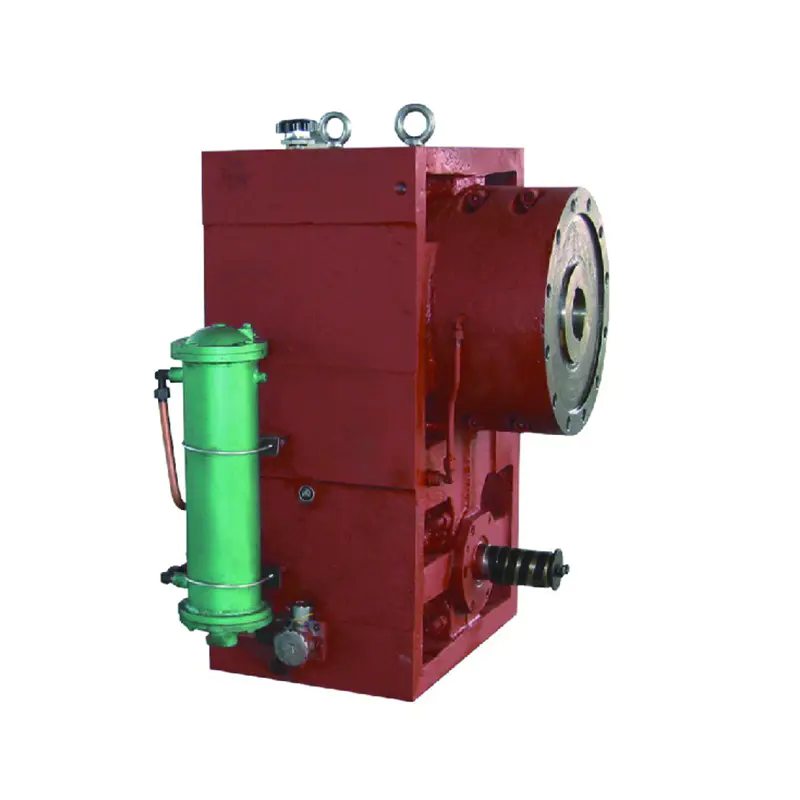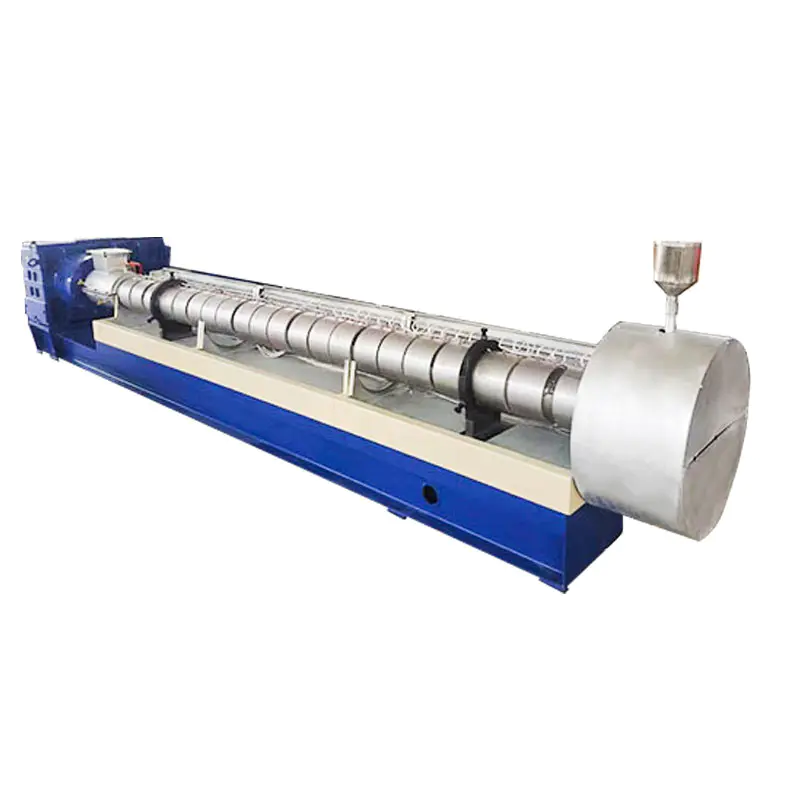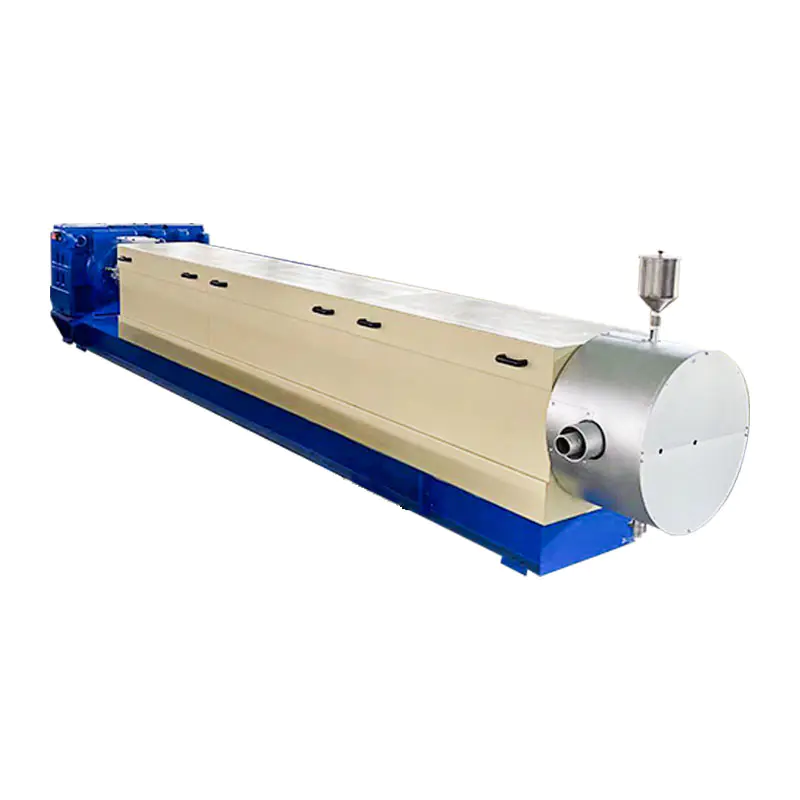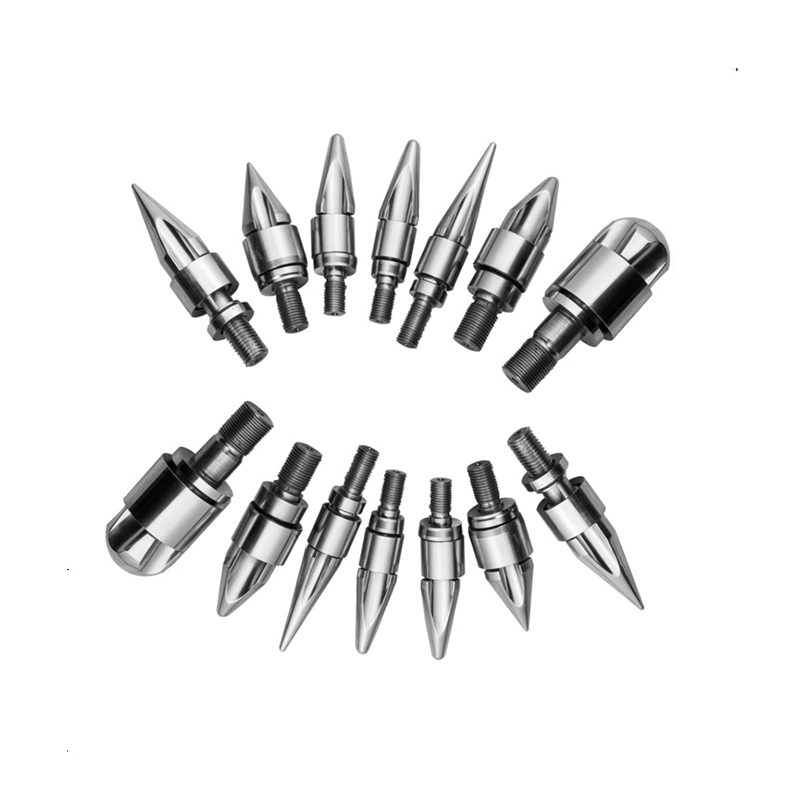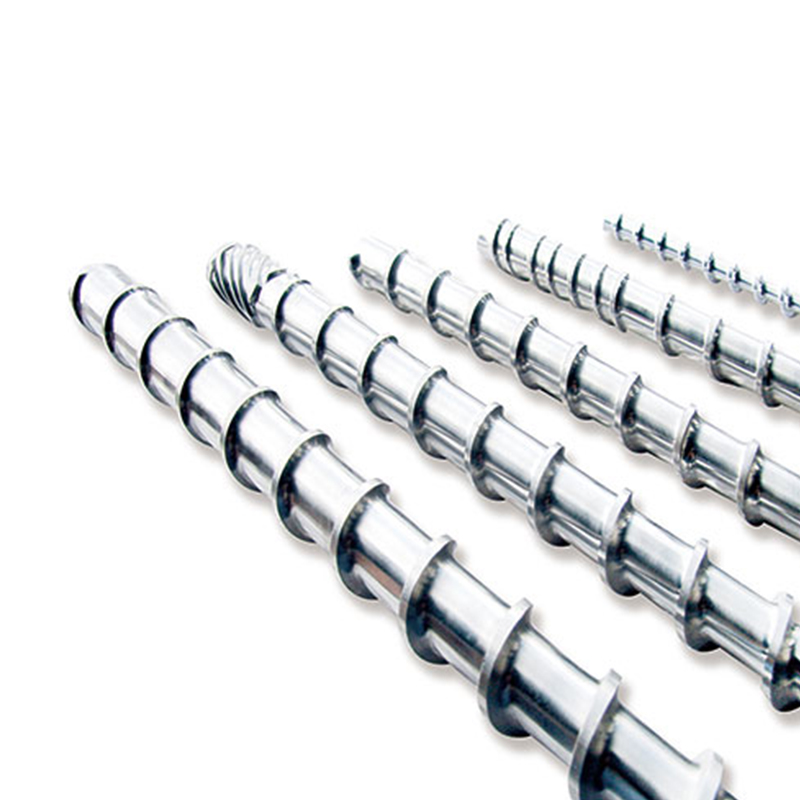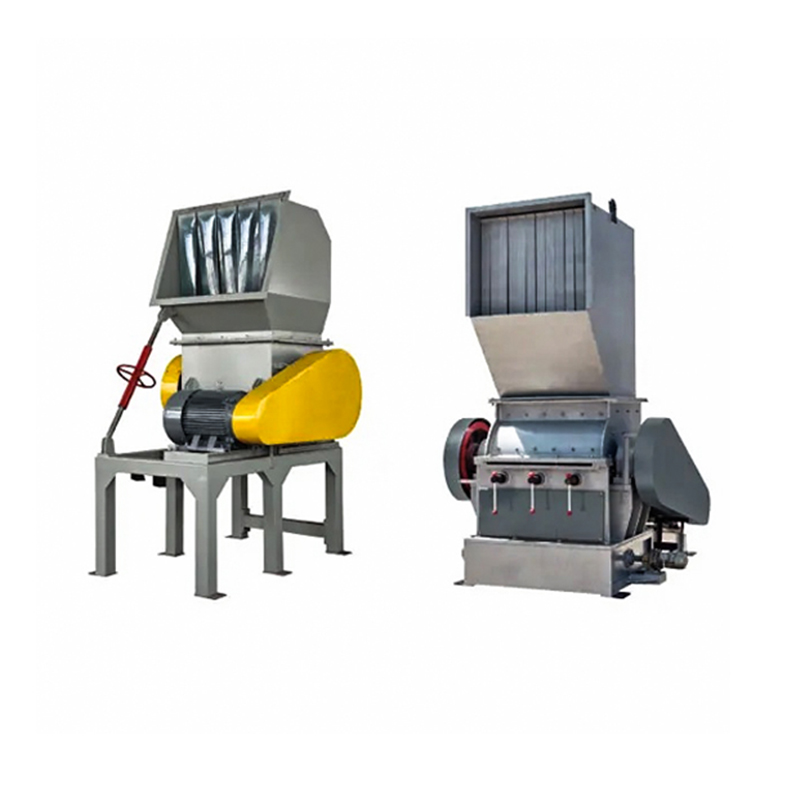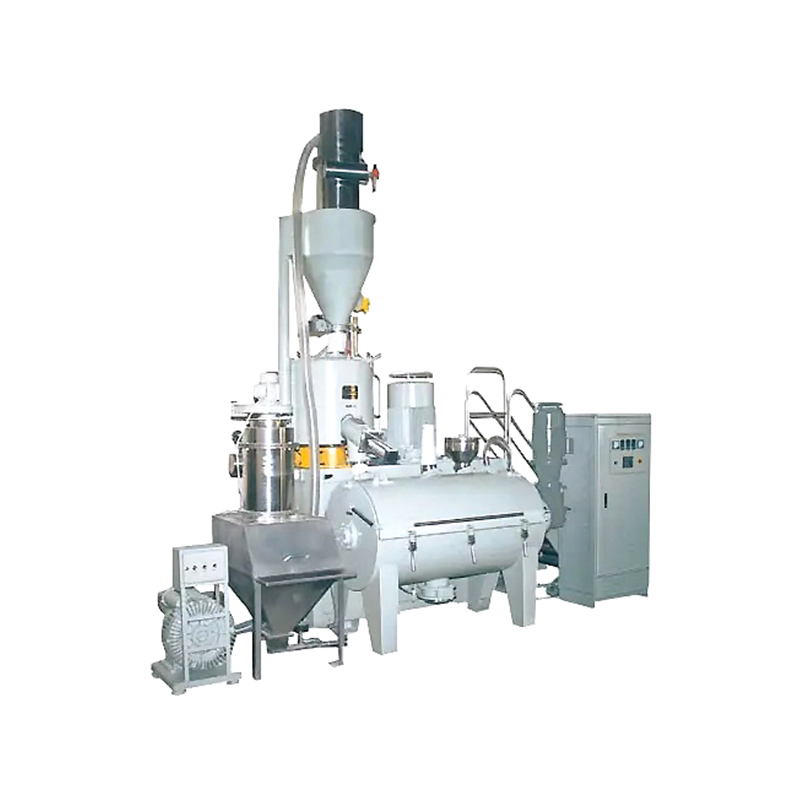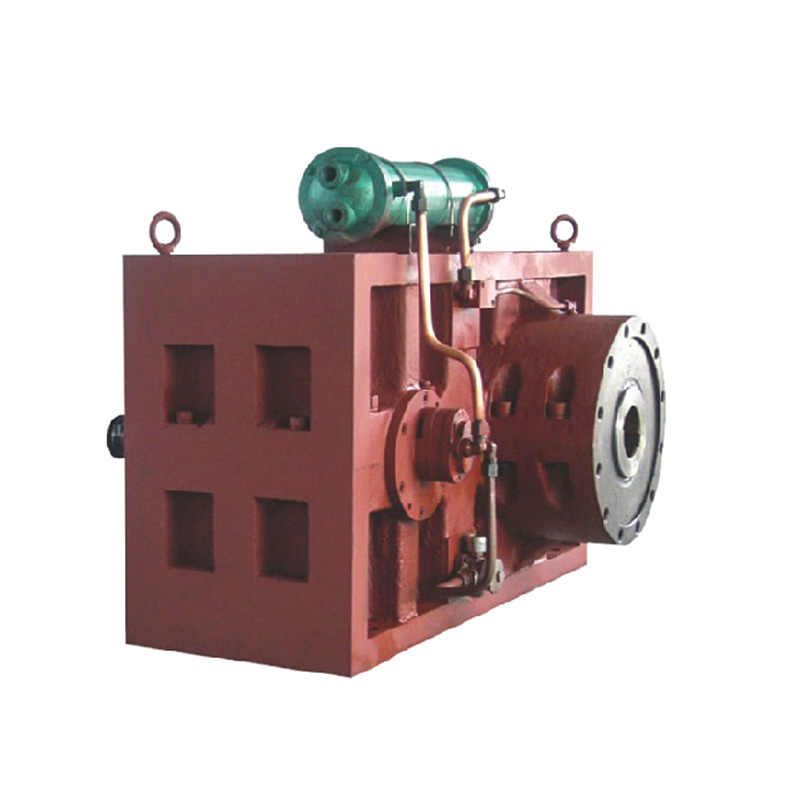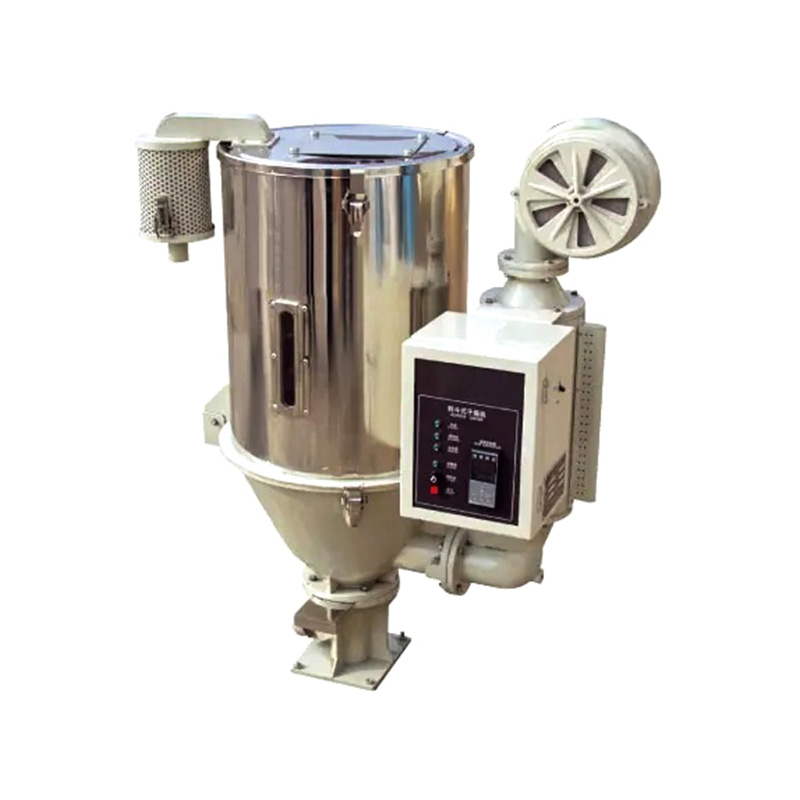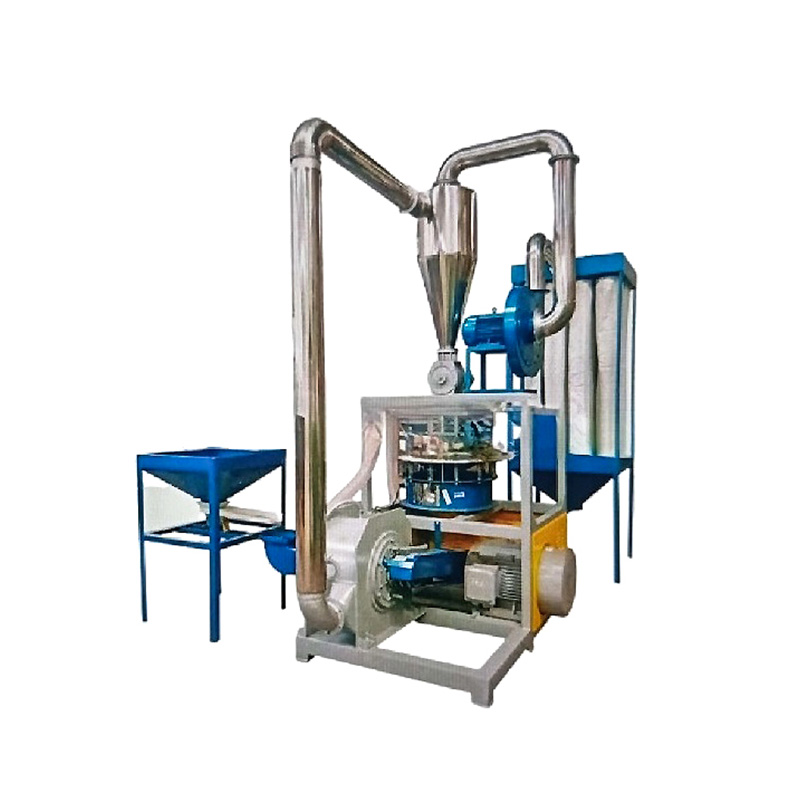In industrial operations, the plastic pelleting machine plays a critical role in processing plastic materials into uniform pellets for applications such as packaging, automotive parts, and consumer goods. Proper maintenance is essential to ensure the longevity and efficiency of this equipment.
Introduction to Plastic Pelleting Machines
A plastic pelleting machine is designed to convert plastic waste or raw materials into pellets through processes like extrusion, cutting, and cooling. These machines are widely used in recycling and manufacturing industries to produce consistent pellets for further processing. Regular maintenance not only extends the machine's lifespan but also minimizes downtime and operational costs.
Types of Plastic Pelleting Machines
Plastic pelleting machines can be categorized based on their design and operation. The most common types include:
-
Single-Screw Extruders: These machines use a single rotating screw to melt and push plastic through a die. They are suitable for processing standard thermoplastics and are known for their simplicity and cost-effectiveness.
-
Twin-Screw Extruders: Featuring two intermeshing screws, these machines offer better mixing and are ideal for compounding plastics with additives. They provide higher output and are used in more complex applications.
-
Strand Pelletizers: This type cuts extruded plastic strands into pellets. They are often paired with extruders and are efficient for high-volume production.
-
Underwater Pelletizers: These machines cut molten plastic directly in a water chamber, resulting in uniform pellet shapes. They are commonly used for heat-sensitive materials.
Each type has specific maintenance requirements based on its mechanism and usage.
Applications of Plastic Pelleting Machines
Plastic pelleting machines are utilized across various industries, including:
-
Recycling: Processing post-consumer or industrial plastic waste into reusable pellets.
-
Packaging: Producing pellets for items like bottles, films, and containers.
-
Automotive: Manufacturing components from engineered plastics.
-
Construction: Creating pellets for pipes, fittings, and insulation materials.
Understanding these applications helps in tailoring maintenance routines to the specific demands of each sector.
Comparison of Machine Types
When selecting a plastic pelleting machine, factors such as efficiency, material compatibility, and maintenance needs should be considered. For instance:
-
Single-screw extruders are generally easier to maintain due to fewer moving parts, but they may have limitations in processing complex materials.
-
Twin-screw extruders require more frequent checks on screw wear and alignment but offer superior mixing capabilities.
-
Strand pelletizers need regular blade sharpening and cleaning to prevent contamination.
-
Underwater pelletizers demand careful monitoring of water systems to avoid corrosion and blockages.
This comparison highlights the importance of matching maintenance practices to the machine type.
Maintenance Guidelines for Longevity
To ensure the long-term performance of a plastic pelleting machine, follow these evidence-based maintenance steps:
-
Regular Cleaning: Remove residual plastic and debris from the die, screws, and cutting mechanisms after each operation. Use appropriate tools to avoid damage. Buildup can lead to contamination and reduced efficiency.
-
Lubrication: Apply lubricants to moving parts, such as bearings and gears, as specified by the manufacturer. Over-lubrication should be avoided to prevent attracting dust and particles.
-
Inspection and Calibration: Periodically check components like screws, blades, and heaters for wear or misalignment. Calibration ensures consistent pellet size and quality.
-
Temperature Control: Monitor and maintain optimal operating temperatures to prevent material degradation or machine stress. Thermocouples and cooling systems should be inspected regularly.
-
Electrical System Checks: Verify that motors, sensors, and control panels are functioning correctly. Address any electrical issues promptly to avoid safety hazards.
-
Preventive Maintenance Schedule: Implement a routine based on usage hours or production cycles. Document inspections and repairs for traceability.
These practices are derived from industry standards and help reduce the risk of unexpected failures.
Frequently Asked Questions (FAQ)
Q: How often should a plastic pelleting machine be cleaned?
A: Cleaning frequency depends on usage intensity. For continuous operation, daily cleaning is recommended. In intermittent use, clean after each batch to prevent residue hardening.
Q: What are common signs of wear in a plastic pelleting machine?
A: Indicators include inconsistent pellet size, unusual noises, increased energy consumption, and visible damage to screws or blades. Regular inspections can detect these early.
Q: Can maintenance extend the life of an older plastic pelleting machine?
A: Yes, consistent maintenance can improve the performance and longevity of older machines by addressing wear and preventing major breakdowns.
Q: Are there specific safety precautions during maintenance?
A: Always disconnect power before servicing. Use personal protective equipment and follow lockout-tagout procedures to ensure safety.
Maintaining a plastic pelleting machine is a systematic process that involves understanding its type, applications, and operational demands. By adhering to regular cleaning, lubrication, and inspection routines, operators can enhance the machine's durability and efficiency. This approach supports sustainable operations and reduces long-term costs, making it a critical aspect of industrial management.



 عربى
عربى
